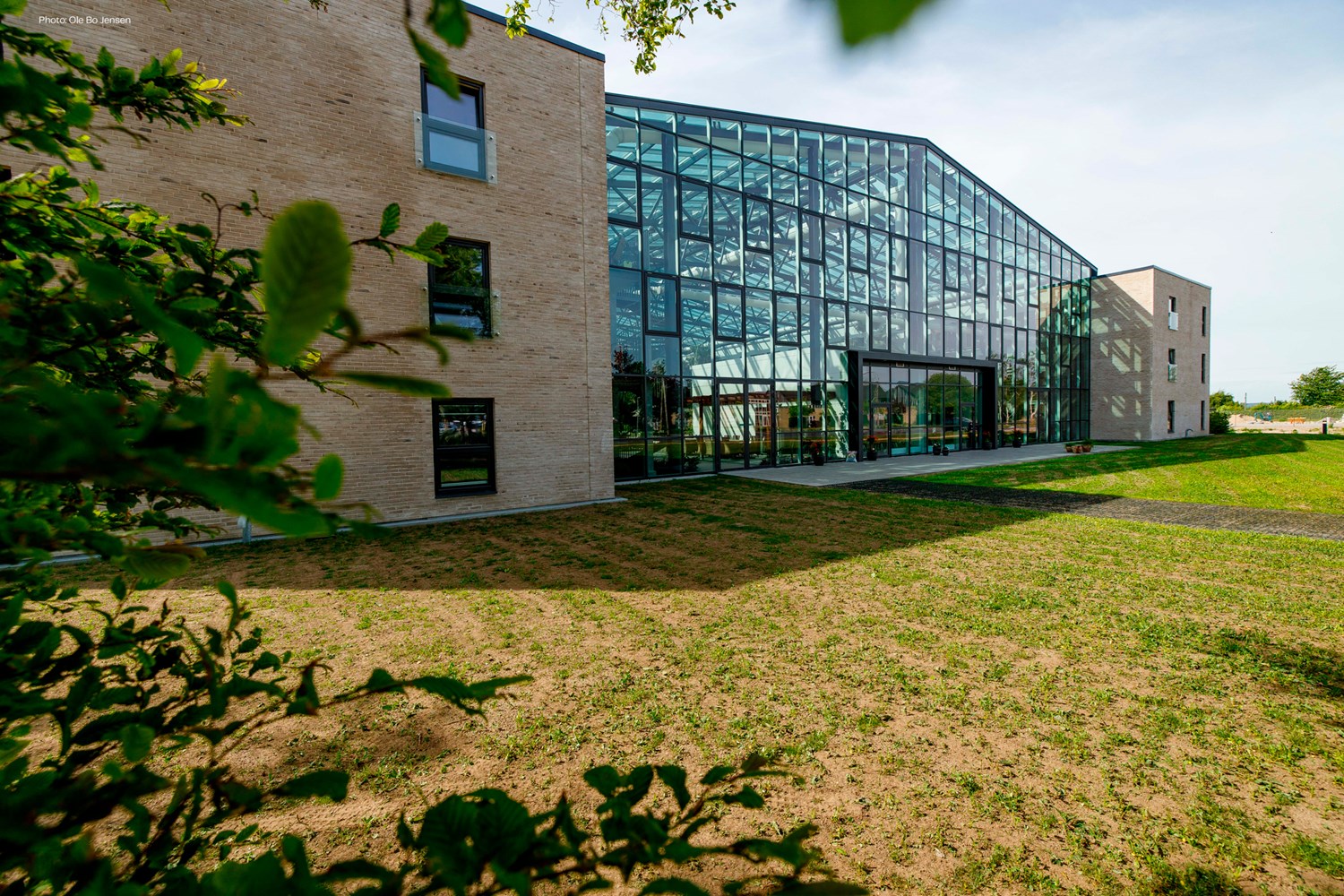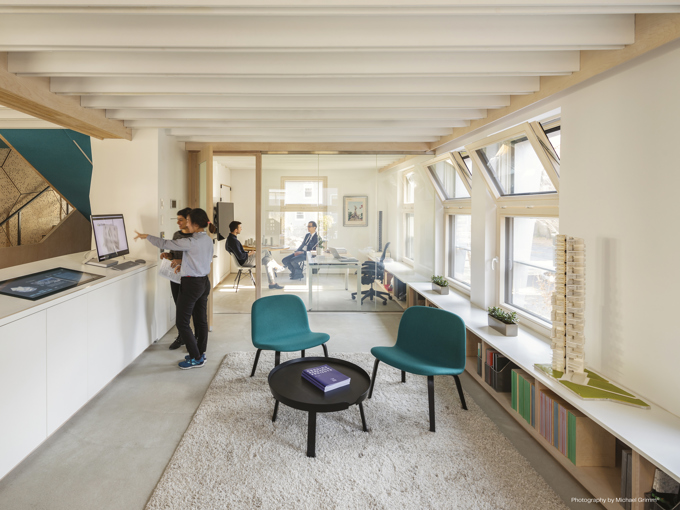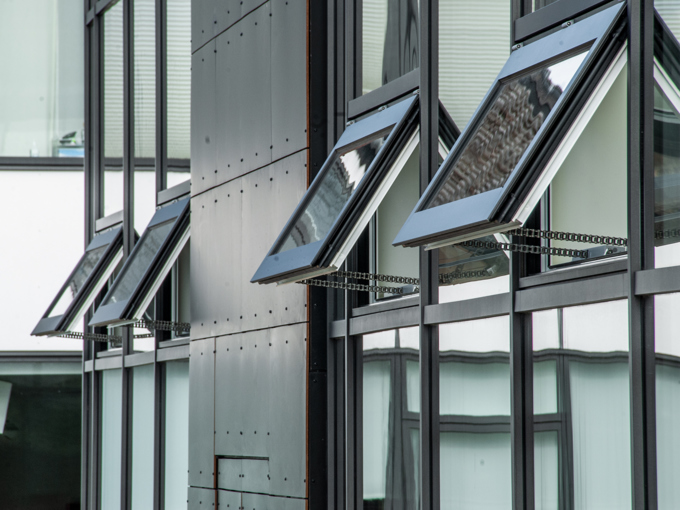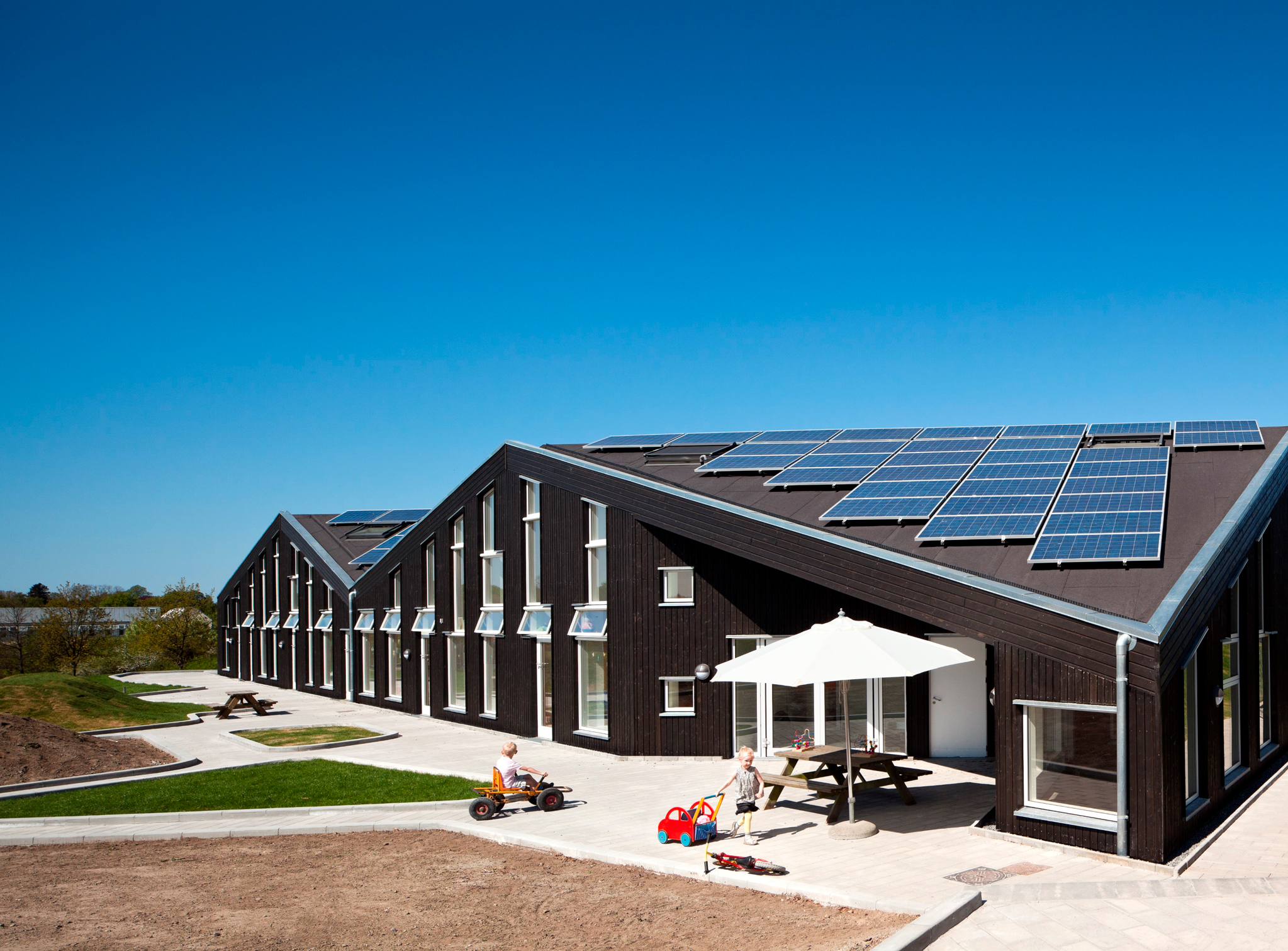As summer temperatures heat up, it can have a major impact on the comfort of our indoor environments leaving the air feeling stuffy and uncomfortable. This is because many buildings are designed to retain heat, keeping us cosy in the winter and reducing energy consumption. However, without the right ventilation system, heat becomes stored, which can become unbearable on particularly hot days.
This is one of the reasons why building owners and employers are investing in cooling strategies that harness nature. At WindowMaster, we’ve labelled it natural ventilation ‘summer mode’ – a way to bring down temperatures so that it’s more comfortable for users in the daytime.
So, what is ‘natural ventilation summer mode?’, how does it differ to its ‘winter mode’ counterpart and why is it now so important?
Beat the heat and discover natural ventilation summer mode
Want to get a grip on the summer heat? Find out why our ventilation systems are the perfect choice
What is natural ventilation summer mode?
This refers to ventilation strategies and techniques used to cool buildings by maximising the flow of outside air through the building, taking advantage of cooler outdoor temperatures and breezes to reduce indoor heat.
This approach not only minimises the need for mechanical cooling systems, saving energy but it enhances indoor air quality (IAQ). Here are some of the key elements that make up natural ventilation summer mode:
- Best of both worlds: Summer mode can be an effective feature as part of a mixed-mode ventilation strategy. The benefits being that it extends the use of natural ventilation to reduces the need for mechanical ventilation, and overall energy consumption.
- Maximising Airflow: Depending on the design of the building, air can also flow freely through the building by opening windows and vents to create cross-ventilation. This helps to remove warm, stale air and replace it with cooler, fresh air from outside. It’s also quicker than relying on traditional, mechanical systems.
- Includes the outdoor environment: While maximum airflow is important, summer mode still accounts for scenarios with high wind speeds and reduce the window openings accordingly. This is to ensure that air speed in the occupied space is kept at an acceptable level and is done through control algorithms developed by WindowMaster that includes CFD simulation of the external conditions.
- Improve IAQ: Optimising airflow rates significantly enhances indoor air quality (IAQ) while simultaneously cooling the environment. This dual benefit creates healthier and more comfortable indoor spaces.
- ‘Night Flushing’ or ‘night purge’ ventilation’: Buildings can be ventilated overnight to cool down the building mass, which helps to reduce the indoor temperature the next day. More details around this strategy can be found here
In short, natural ventilation summer mode leverages architectural design, passive cooling and low-energy mechanical design to maintain comfortable indoor temperatures during the warmer months.

Why are people using this type of system?
Temperatures are getting warmer and during the summer, building owners want to ensure their staff are comfortable and not at risk of overheating. The recent push around workplace wellness is spurring employers to reassess their ventilation system, which is often not designed or setup to deal with periods of hot or sunny weather. Beyond that, people are also concerned about energy efficiency – both in terms of the impact it can have on the planet but also the cost it takes to run their current systems. Many are now looking for new, innovative systems that are low-energy, helping them achieve their ESG goals and save money in the long-term.

How does this differ from natural ventilation ‘winter mode’?
One of the fundamental differences between the two is that ‘winter mode’ strategies are designed to retain heat whilst ‘summer mode’ aims to expel it. Whilst the technology involved is the same, system setups look to achieve different goals. In the winter, ventilation systems aim to keep buildings warm but without sacrificing on fresh air intake. The summer version, however, uses windows more liberally to banish heat and overall, window movements are more ‘simplistic’. The good news is that the same technology can be programmed to do both – making WindowMaster an obvious choice for those who want to stay warm in the colder months but who are concerned about overheating come summer.

What types of technology are used?
Both WindowMaster’s NV Embedded® and NV Advance® utilise summer mode.
What’s special about these control systems is that when used within a Mixed-Mode ventilation strategy, they can intelligently manage the transition between natural and mechanical ventilation based on real-time conditions, occupant preferences, and energy efficiency goals.
This makes them highly adaptable to changes in weather patterns without losing the all-important ‘user control’, and ability to personalise the environment according to their liking. This can be easily controlled through a downloadable app, making comfort a breeze.

"Natural ventilation in summer mode is a game-changer for environments looking to reduce overheating and manage energy costs. For those struggling with hot, stuffy workspaces, WindowMaster's expertise is your solution. With proven strategies to enhance airflow and maintain comfort, we ensure cooler and healthier environments all year round."

Kasper Højmark Ravn
Building Performance Engineer

